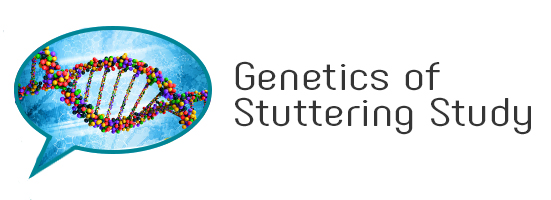Are children who stutter likely to have different behavioural, emotional and social development?
Children who stutter may begin to show impaired behavioural, emotional and social development at early as age 3, and these difficulties are well established in older children who stutter”
– McAllister, 2016
This study examined the externalising and internalising behaviours of children who stammer, or stutter, aged 3, 5 and 11 years. The study utilised data from the Millennium Cohort Study, a large prospective community based observational study in the UK.
What are externalising and internalising behaviours?
Externalising behaviours are outwardly expressed behaviours that reflect psychological distress. For example, hyperactivity, inattention or behaviour problems.
Internalising behaviours refer to occasions where psychological distress is experienced internally, for example, anxiety or depression.
Do children who stutter have different behaviours to those that don’t?

Overall, the results showed some evidence that children who stammer are more likely to experience behavioural, emotional and social difficulties than their fluent peers. However, specific differences varied across ages. Differences were more pronounced for the 5 and 11 year old children who stammered, who were more likely to have more internalising and externalising behaviours than their age matched peers.
McAllister highlighted that “appropriately timed intervention may lessen the impact of these difficulties on those who stutter, and may allow them to gain more lasting benefits from speech treatment”. That is, parents and professionals should keep an eye out for early signs of behavioural challenges to ensure that intervention is provided when indicated.
Reference
McAllister, J. (2016). Behavioural, emotional and social development of children who stutter. Journal of Fluency Disorders, 50, 23-32. doi: 10.1016/j.jfludis.2016.09.003
